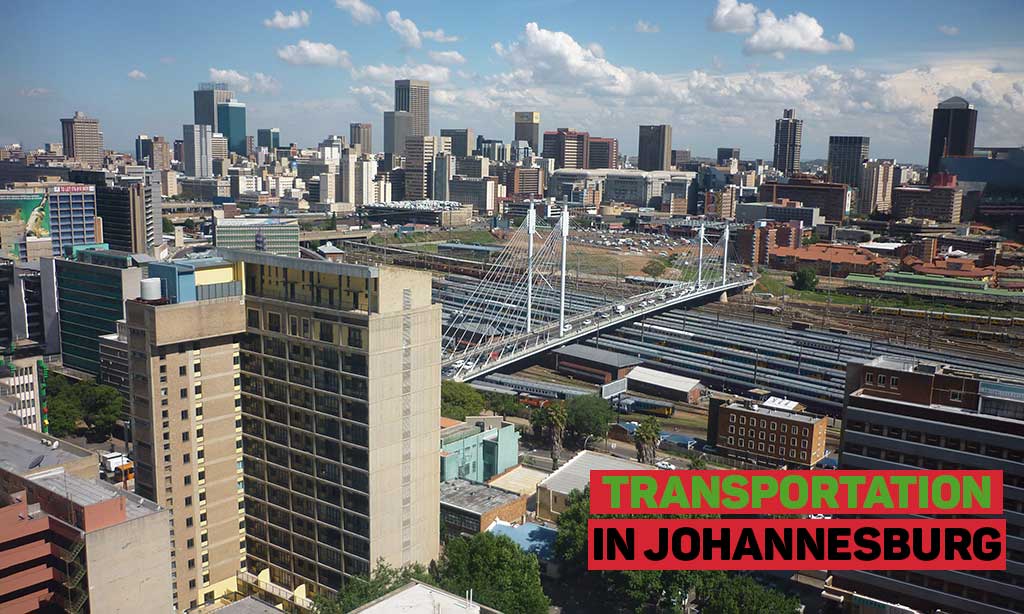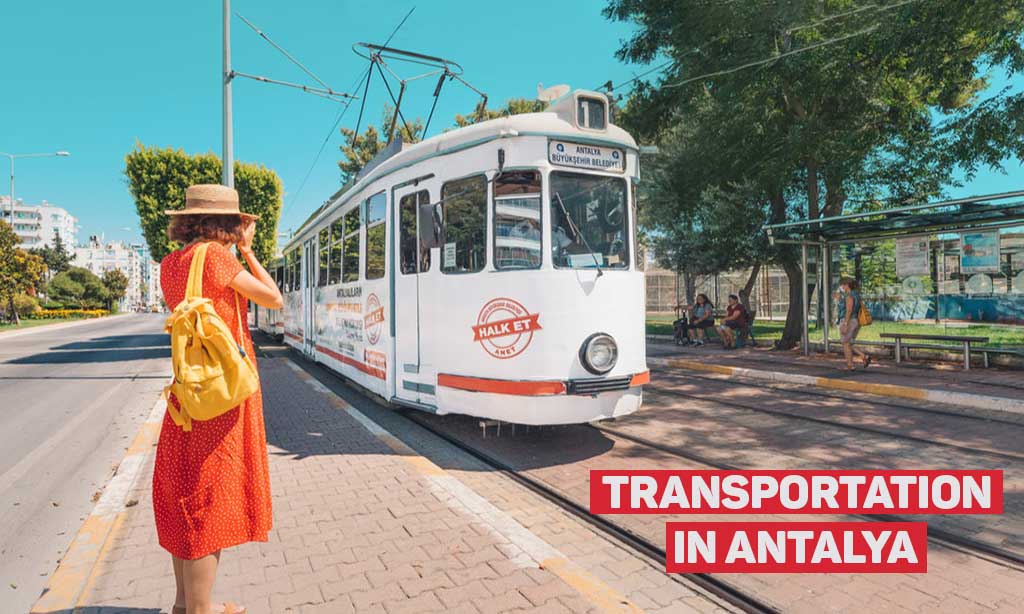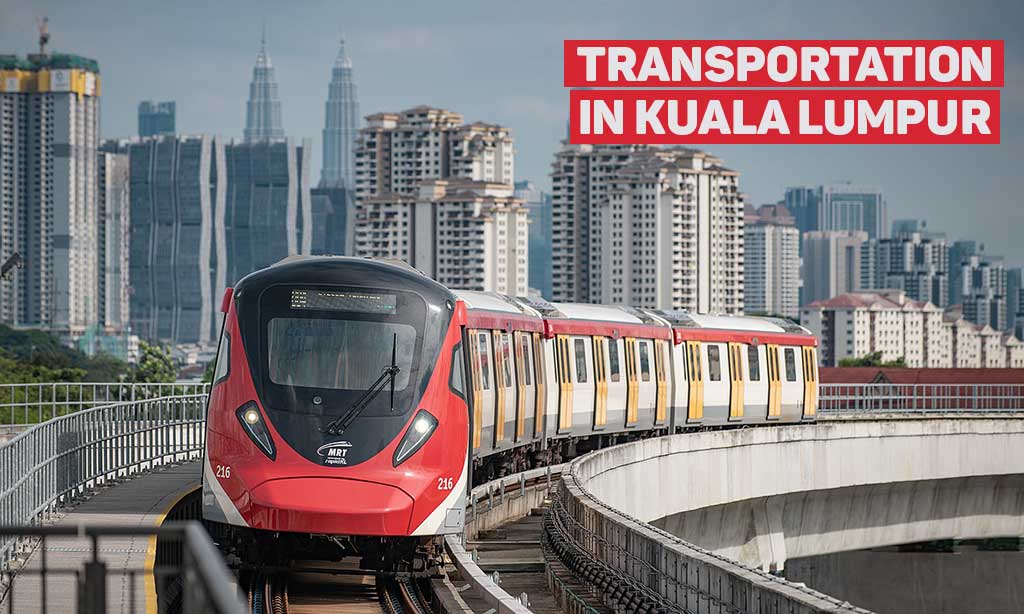Overview: Public Transportation Melbourne, the capital city of Victoria, Australia, boasts an extensive transportation network that caters to both its residents and visitors. The city’s transportation system is designed to accommodate the vast expanse of Melbourne, which stretches around Port Phillip Bay covering 3,857-square miles. Many Melburnians, similar to New Yorkers, reside in the outer suburbs and commute to the city for work. Given the city’s size and the inconvenience of commuting by car, many opt for the Public Transport Victoria (PTV) system, which includes trains, trams, and buses.
Operators: The primary operator for public transportation in Melbourne is Public Transport Victoria (PTV). They oversee the train, tram, and bus systems that serve the city and its surrounding areas.
Rapid Transit Systems: Melbourne’s rapid transit system primarily consists of the Metro Melbourne Train Lines. There are 16 Metro train lines that radiate from the city center to the outer suburbs. The two main stations are Flinders Street and Southern Cross. The train system is a popular choice for daily commuters as it offers a convenient alternative to driving.
Commuter Rail: The commuter rail system in Melbourne is extensive, with sixteen regular service train lines running in all directions – north, south, east, and west. These lines connect the city center with the outer suburbs, making it an efficient system for such a vast city.
Buses: Buses are another popular mode of transportation in Melbourne. There are 346 bus routes within Melbourne and regional Victoria, covering more areas than the train system. These buses connect various parts of the city, including shopping centers, hospitals, sporting venues, and other attractions.
Table: Transportation Systems:
| Transportation | Operator Name | Website URL |
|---|---|---|
| Train | Metro Trains Melbourne | Link |
| Tram | Yarra Trams | Link |
| Bus | Public Transport Victoria (PTV) | Link |
Guide on Ticket Purchasing: To use Melbourne’s public transportation, you’ll need a myki card, which costs AU$6. This card is valid for trains, trams, and buses throughout Melbourne and regional parts of Victoria. You can purchase a myki card at 7-Eleven stores, ticket booths at premium train stations, or on myki machines. Once you have the card, you need to load it with money. The minimum amount you can add is AU$10. The default fare for a train ride is $4.50 one way. However, fares vary based on distance and time of travel. A seven-day myki pass is available for AU$44, which can be economical for visitors. Always remember to tap your myki card when entering and exiting the platform or vehicle.
Major Passenger Airports and Ways to City Centre: Melbourne Tullamarine Airport is the primary international and domestic airport serving the city. To commute from the airport to the city center, passengers can use the SkyBus. The Melbourne City Express service of SkyBus departs every 10 minutes and transfers passengers directly from the airport to Southern Cross Station. The journey takes about 30–40 minutes and costs AU$19.75 one way.
Renting a Car: While renting a car might be useful for exploring attractions outside the city, like the Great Ocean Road, it’s not recommended within the Melbourne CBD due to dense traffic, expensive parking, and unique road rules like “hook turns.”
Cycling Facilities: Melbourne is a bike-friendly city with numerous bike lanes and paths. The city encourages cycling as a mode of transportation, and there are many bike-sharing programs available.
Walking Facilities: The Central Business District (CBD) of Melbourne is highly walkable. The streets are set up in a grid pattern, making it straightforward to navigate. Walking can sometimes be faster than taking the tram, especially during peak hours.





